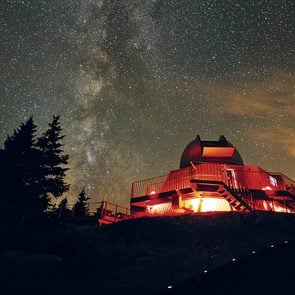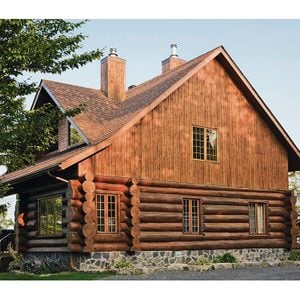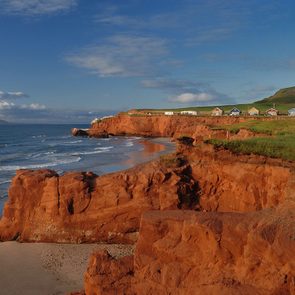A Windmill Has Stood in This Quebec Town For More Than 300 Years
From early settlement and quaint village to prosperous town and city, Pointe Claire, Quebec, is rich in history.
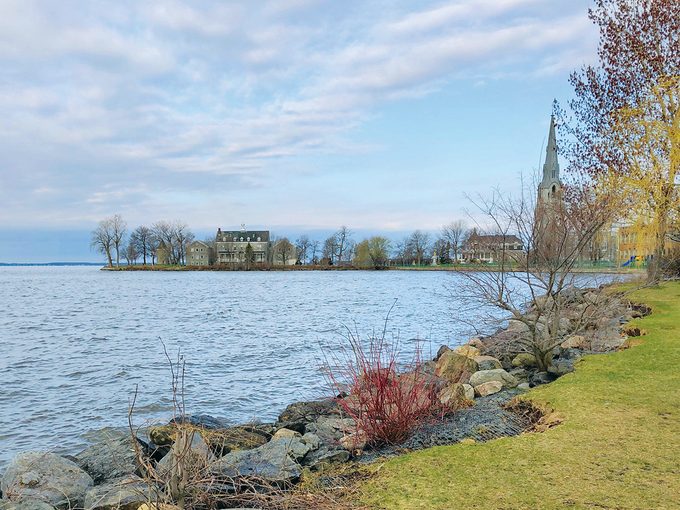
The History of Pointe Claire, Quebec
Pointe Claire, Quebec, has been my beloved hometown for more than 70 years. Now part of the Greater Montreal region, the city of about 31,000 was settled in the late 1600s during the French regime. In 1710, a stone windmill was built on a point of land on the southwestern part of Montreal island, on the shore of Lac St. Louis. The windmill was primarily used to grind corn into meal, and occasionally for protection from hostile warriors from across the river. The Parish of Pointe Claire was established in 1713; the area consisted of French seigniories—farms sectioned in strips stretching inland from the water. Early transportation was by boat, or by horse and wagon once the Bord du Lac/Lakeshore Road was built during the 1700s.
In 1759, British General Wolfe won the battle of the Plains of Abraham in Quebec, thus winning the area for Britain. The existing French settlers were allowed to keep their farms, language and civil/religious governance.
By 1810, summer houses owned by English speaking part-time residents from Montreal lined the lakeshore. In 1855, the Grand Trunk Railway was built from Montreal through Pointe Claire and westward to Toronto. Canada as we all know became a unified country in 1867.
By the 1890s, the summer houses developed into more permanent communities, attracting new residents. For example, Swedish-born Otto Lilly and his Canadian wife and family bought the Perrier farm in Pointe Claire and moved there from the city of Montreal in 1893. Otto built Cedar Avenue from the edge of the water inland to the railway tracks. He created and sold single home lots on both sides of the road, built an English Protestant school (Cedar Park Elementary School) in 1895, and started a Presbyterian church mission in 1899. The congregation became Lilly Memorial Church in 1923, and Cedar Park United Church in 1955.
Check out 10 historical landmarks every Canadian needs to visit.
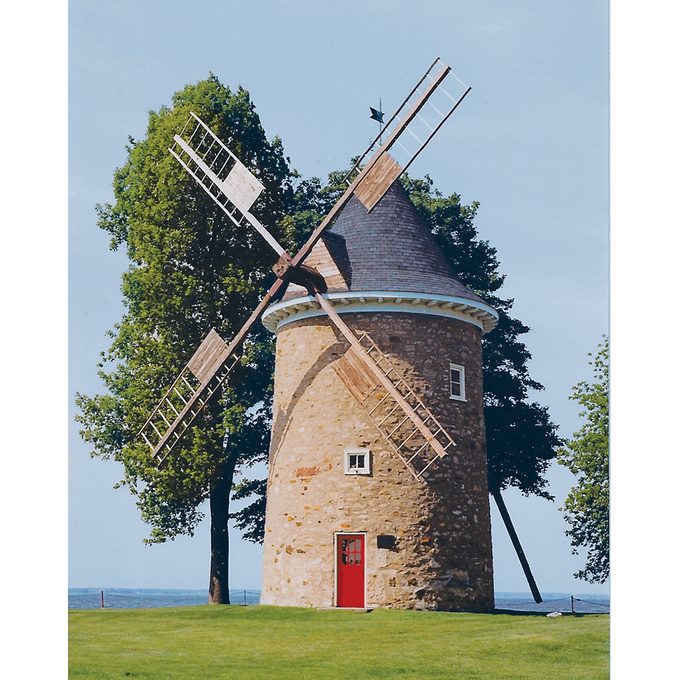
Happy Memories
The village of Pointe Claire was incorporated as a town in 1911. In 1950, when our family moved into our little red brick bungalow, we soon had friendly neighbours, schoolmates and church friends. Together we enjoyed many community activities: New Year’s Eve partying, marshmallow toasting, backyard swinging and jungle gym climbing, swimming, skating, skiing, singing, dancing, picnicking and reading in the library. My parents shopped for groceries in the Village, as the oldest section of Pointe Claire become known, and bought eggs and corn from the Priests Farm. By 1960, Pointe Claire Shopping Centre was built. It provided our food, banking, pharmaceutical and other services. We no longer needed to travel to downtown Montreal, except for my father’s office work, and my university courses at McGill (1966-1970).
After our wedding in 1972, my husband declared that he liked Pointe Claire’s green areas and fully grown trees, and he wished to buy us a home here. We did, and my love affair with my home town continued. We befriended new neighbours and church folk. Our two children were born here in the Lakeshore General Hospital, and grew up with their own set of local friends and activities.
The City of Pointe Claire’s symbol is the 300-year-old windmill. During the last 30 years, Pointe Claire folk have gathered around the windmill at sunrise for a bilingual, multi-denominational Easter service, and “Thine is the glory/A toi la gloire…” rings out beside the water as Canada geese fly in a V overhead. There are always plenty of smiles, greetings and well wishes. Pointe Claire people always look out for one another.
If you enjoyed this look back at the story of Pointe Claire, Quebec, you won’t want to miss our roundup of great day trips from Montreal.
